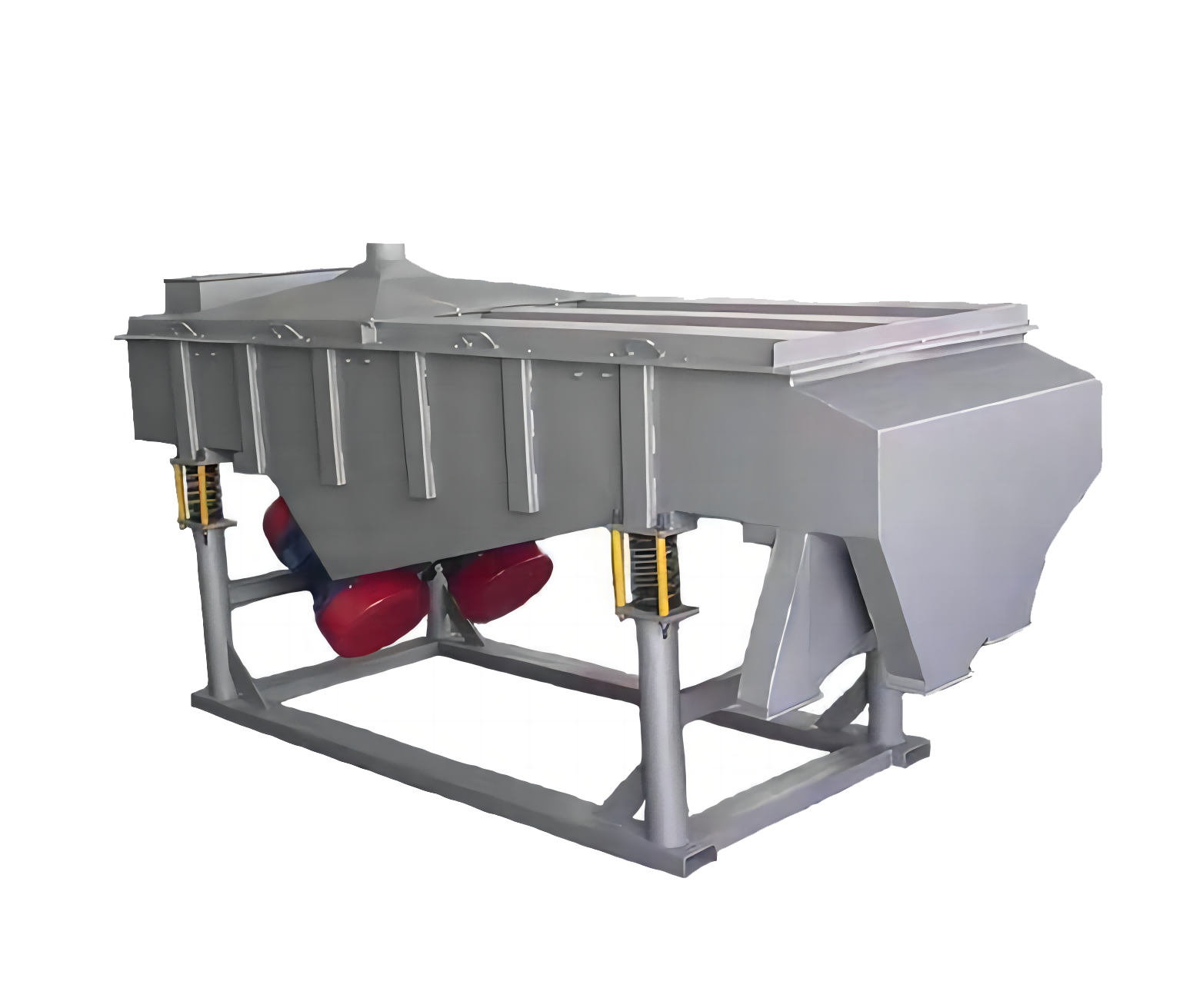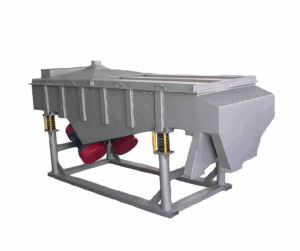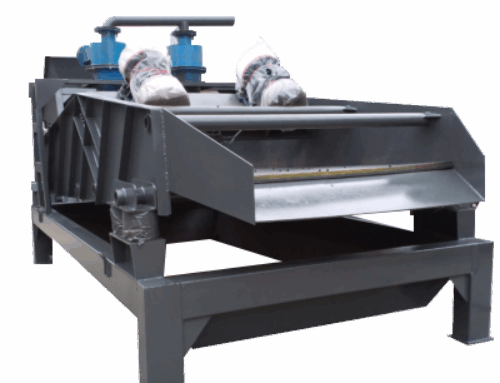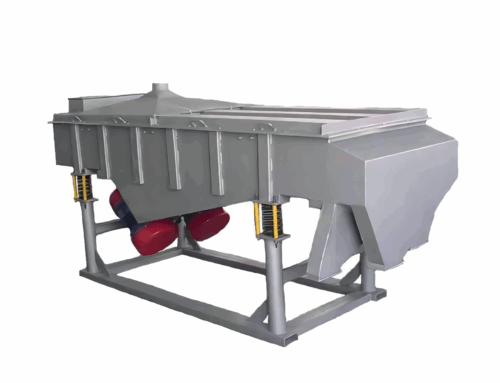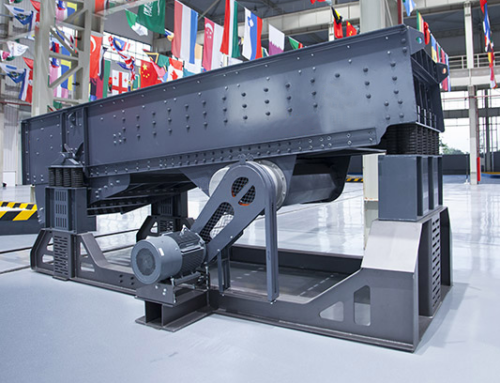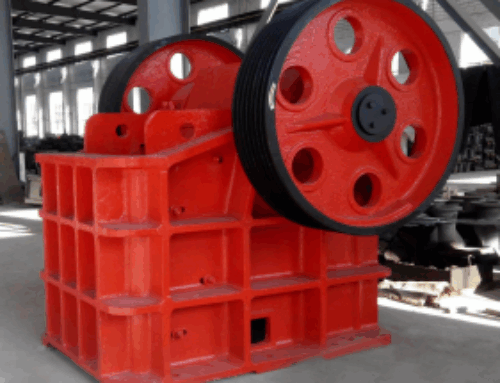In the material processing link of industrial production, vibrating screen as a key screening equipment, the reasonableness of its selection directly affects the production efficiency, product quality and the service life of the equipment. In the face of a wide variety of vibrating screen types and models, how to accurately match the material characteristics and production requirements. This article will focus on material properties, material size, material shape, material application industry, material screening purpose of the five core points, in-depth analysis of vibrating screen selection strategy, to provide scientific and practical guidance for industrial production.
一.The material properties: the basic basis for selection
The material properties are the primary considerations of the vibrating screen type, covering the physical and chemical properties of the material, such as humidity, temperature, viscosity, corrosiveness, etc. These characteristics directly determine the vibrating screen material, structure and the choice of working mode.
1.Humidity
The humidity of the material has a significant impact on the screening process. Moist materials are easy to agglomerate, blocking the sieve holes, reducing the screening efficiency. For materials with low moisture content, conventional vibrating screens can meet the screening requirements. For example, in the grain processing industry, wheat, corn and other grains with low water content, the use of linear vibrating screen can achieve high efficiency screening. Linear vibrating screen through the vibration motor generated by the linear vibration, so that the material in the screen surface to do linear motion, complete screening. However, when the material has high humidity, a specially designed vibrating screen is required. For example, in the coal washing industry, the moisture content of the raw coal is sometimes as high as 20% – 30%, then the use of relaxation screen. The screen surface of the relaxation sieve is composed of fixed screen frame and movable screen frame, movable screen frame under the action of vibration force to do high-frequency elastic deformation, so that the wet, viscous materials in the screen surface to produce a strong jumping and tumbling, and effectively prevent the sieve holes from clogging, improve the screening efficiency.
2.Temperature
High temperature materials put forward higher requirements on the material and structure of vibrating screen. If the material temperature is too high, the screen mesh and screen frame made of ordinary materials may be deformed and damaged due to high temperature, affecting the normal operation of the equipment. For materials with a temperature of 100℃ – 300℃, the vibrating screen can be made of high-temperature resistant stainless steel, such as 310S stainless steel, which has good high-temperature strength and oxidation resistance. For example, in the process of cement production, the high temperature cement clinker out of the kiln needs to be cooled down by the cooling equipment first, and then use the high temperature stainless steel circular vibrating screen for screening to ensure the stable operation of the equipment. For materials with higher temperature, in addition to the selection of special high-temperature resistant materials, it is also necessary to carry out cooling design for vibrating screen. Such as in the metallurgical industry, high temperature sintered ore screening, vibrating screen frame and screen mesh can be set at the water-cooled or air-cooled device to reduce the temperature of the equipment, to extend the service life.
3.Viscosity
Viscous materials are very easy to adhere to the screen surface in the screening process, resulting in clogging of the screen holes and affecting the screening effect. For less viscous materials, by increasing the vibration frequency and amplitude of the vibrating screen, the material moves quickly on the screen surface to reduce adhesion. For example, in the food processing industry, the lower viscosity of sugar powder screening, can be used rotary vibration sieve, its unique three-dimensional vibration mode, so that the material on the screen surface to do complex three-dimensional movement, effectively preventing material adhesion. For materials with higher viscosity, such as bentonite and clay, special anti-adhesion designs are required. For example, the use of ultrasonic vibrating screen, the equipment in the screen mesh attached ultrasonic vibration system, generating high-frequency vibration, so that the material on the screen surface in a suspended state, to avoid adhesion, and at the same time to improve the screening accuracy of fine-grained materials.
4.Corrosive
materials with corrosive properties, such as acid and alkali solutions in the chemical industry, salts, etc., will cause corrosion on the material of the vibrating screen. In order to prevent the equipment from being corroded, the vibrating screen made of corrosion-resistant materials should be selected. For acidic materials, the vibrating screen can be made of polypropylene, polyvinylidene fluoride and other plastic materials or titanium alloy materials; for alkaline materials, stainless steel materials can be used, such as 316L stainless steel, which has good alkali resistance and corrosion resistance.
二.The material particle size: the key parameter to determine the screening equipment
The material particle size refers to the size of the material particles, which directly determines the number of screen mesh of the vibrating screen, the number of screen layers, and the choice of equipment type.
1.Determination of screen mesh
Screen mesh refers to the number of holes on the screen per inch, the larger the mesh, the smaller the holes are, and the finer the sieve size. In the selection, according to the particle size distribution of the material and screening requirements to determine the appropriate screen mesh. For example, in the paint production industry, if you want to sieve the paint raw materials to 100 – 200 mesh, you need to choose the appropriate mesh screen. For the screening of coarse-grained materials, such as stone grading in the mining industry, a lower mesh size is generally used, e.g. 10 – 50 mesh.
2.Selection of Screening Layers
According to the complexity of material particle size and screening requirements, different layers of vibrating screen can be selected. Single layer vibrating screen is suitable for simple particle size classification, such as the material is divided into qualified and unqualified particle size. For example, in the sand and gravel production line, a single layer of circular vibrating screen is used for the initial screening of the stone material, and the stone material larger than the specified particle size is screened out. Multi-layer vibrating screens can achieve finer grading, generally with 2 – 5 layers of screens, up to 7 layers. For example, in the quartz sand processing industry, the use of three-deck vibrating screen can be divided into four grades of coarse sand, medium sand, fine sand and ultra-fine sand, to meet the needs of different industrial fields.
3.Matching of equipment type and particle size
Different types of vibrating screens are suitable for screening materials with different particle size ranges. For coarse-grained materials (particle size greater than 10mm), such as mining ore, construction waste, etc., circular vibrating screen and linear vibrating screen are commonly used equipment. Circular vibrating screen through the centrifugal force generated by the eccentric block to make the screen box do circular vibration, with a large handling capacity, high screening efficiency; linear vibrating screen is suitable for granular, powdery materials screening and grading, screening precision is high.
三.The shape of the material: an important factor affecting the screening effect
The shape of the material is varied, and the behaviour of different shapes of materials in the screening process varies greatly, so the impact of the shape of the material needs to be fully considered in the selection.
1.Spherical and cubic materials
Spherical and cubic materials have better fluidity, easy to pass through the sieve holes on the screen surface, and screening is relatively easy. For such materials, conventional vibrating screen can be used, such as linear vibrating screen, circular vibrating screen and so on. For example, in the ceramic industry, the screening of spherical ceramic raw material particles, the use of linear vibrating screen can achieve high efficiency screening, and high screening accuracy.
2.Flaky and Needle-like Materials
The shape of flaky and needle-like materials is irregular, and they are easy to get stuck in the sieve holes during the screening process, resulting in clogging of the sieve holes and reducing the screening efficiency. For this kind of material, should be used with a special structure of the vibrating screen. For example, the vibrating screen with square holes can reduce the jamming phenomenon of flaky and needle-like materials. In addition, a vibrating screen with a large screen surface inclination can also be selected, so that the material moves quickly on the screen surface, reducing the possibility of blockage. In the metal processing industry, the flaky metal chips for screening, you can use square holes of the linear vibrating screen, and appropriately increase the angle of inclination of the screen surface to improve the screening effect.
3.Fibrous materials
Fibrous materials are flexible and entangled, easily entangled with each other to form a ball, which is difficult to pass through the screen holes. For the screening of fibrous materials, can choose to have a vibrating screen with the function of dispersing. For example, in the paper industry, the fibrous pulp screening, can use high-frequency vibrating screen, its high-frequency vibration can effectively break up the fibre mass, so that the fibre passes through the sieve hole smoothly. At the same time, a comb tooth structure can also be set on the screen surface to further comb the fibres and prevent entanglement.
四.Tthe material application industry: fit the industry demand selection direction
1.Mining industry
Mining industry is mainly for ore crushing, screening and grading, processing a large amount of material, a wide range of particle size, from coarse-grained raw ore to fine-grained concentrate powder need to be screened. In this industry, circular vibrating screen and linear vibrating screen are widely used. Circular vibrating screen is commonly used in the primary screening of raw ore and screening after crushing, large capacity, can adapt to the harsh working environment; linear vibrating screen is commonly used in the screening and dewatering of fine-grained materials, such as the screening and dewatering of concentrate powder.
2.Food industry
The food industry has very high hygienic requirements for material screening, and the equipment must meet the food hygiene standards and not cause pollution to the materials. Therefore, in this industry, mostly use stainless steel vibrating screen. These vibrating screens have a compact structure, good sealing, easy to clean and other characteristics, which can effectively prevent the material from being contaminated in the screening process.
3.Chemical industry
The chemical industry has a wide variety of materials with complex properties, some of which are corrosive, toxic or flammable and explosive. Therefore, the chemical industry has strict requirements on the material, sealing and explosion-proof performance of vibrating screen. For corrosive materials, need to choose corrosion-resistant material vibrating screen; for toxic or flammable and explosive materials, should be selected with good sealing, explosion-proof function of the vibrating screen.
4.Building materials industry
Building materials industry such as cement, sand and gravel production process, the material handling capacity is large, the vibrating screen wear resistance and reliability requirements are high. In this industry, circular vibrating screen and linear vibrating screen are commonly used equipment. In order to improve the wear resistance of the equipment, the screen mesh and screen frame can be made of wear-resistant materials, such as manganese steel.
五.Purpose of material screening: clear selection of the core requirements
1.Classification
Material classification is to classify the material into different grades according to the size of the particle, in order to meet different production requirements. For materials with high grading requirements, such as chemical raw materials, food additives, etc., multi-layer vibrating screen or high-precision ultrasonic vibrating screen can be used to achieve fine grading.
2.De-immersion
De-immersion is to remove the impurities in the material and improve the purity of the material. For materials with higher requirements for removing impurities, such as grain, tea, etc., vibrating screen with high efficient function of removing impurities can be used.
3.Dewatering
Dewatering is to remove the water in the material to make the material reach the specified moisture content. In mining, coal and other industries, it is often necessary to dewater materials. For the dehydration operation, linear vibrating screen or dewatering screen can be used.
To sum up, the selection of vibrating screen is a process of comprehensive consideration of material properties, material particle size, material shape, material application industry and material screening purpose. Only by deeply understanding the material characteristics and production needs, combined with the characteristics of different types of vibrating screens, can we choose the most suitable vibrating screen equipment, achieve efficient and accurate material screening, and improve the economic and social benefits of industrial production. In the actual selection process, you can also consult with professional vibrating screen manufacturers to obtain more detailed and accurate selection recommendations to ensure the scientific and reasonable selection programme.

